Top Google Ads agency Hamburg for maximum growth and ROI
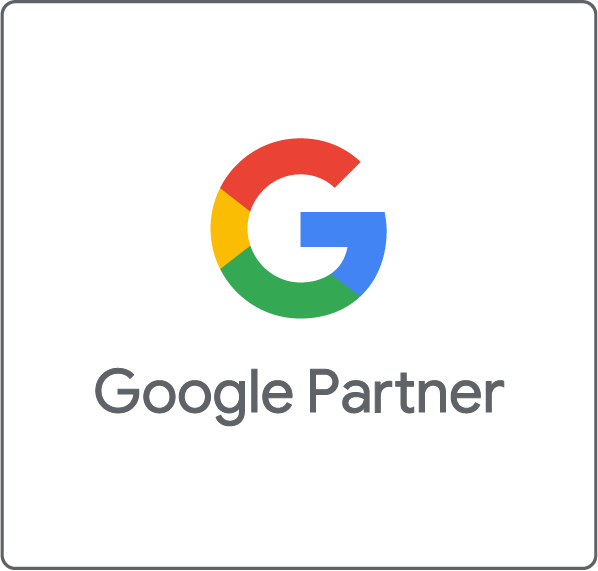
What are Google Ads (formerly AdWords) and why are they indispensable?
In 2023, search engines were the most important online source for searching for products worldwide. According to a survey, 44% of online shoppers stated that they search for products via this channel. Amazon ranked second, with 41% of respondents using it for this purpose.
Google Ads works on a pay-per-click basis and allows companies to target their products and services to those who are actively searching for them. With the right Google Ads agency in Hamburg, you can develop a campaign strategy that delivers cost-effective results with Performance Max or other campaign types.
Skillful strategic use of keyword selection and targeting allows you to show your ads to potential customers exactly when they are ready to research or buy. We achieve this time and time again by working closely with our clients to create high-performing, results-driven campaigns that deliver quality leads and conversions, not just clicks!
We have managed Google Ads campaigns for Jaguar/Land Rover, Mate.bike, World First, Hyundai, LUXAFLEX and many more in Hamburg.
If you’re new to Google Ads optimization or management, you may be reassured to know that we are a Google Partner. To find out exactly what that means, visit our Google Partner Agency page.
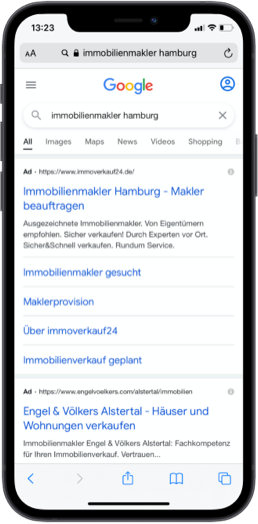
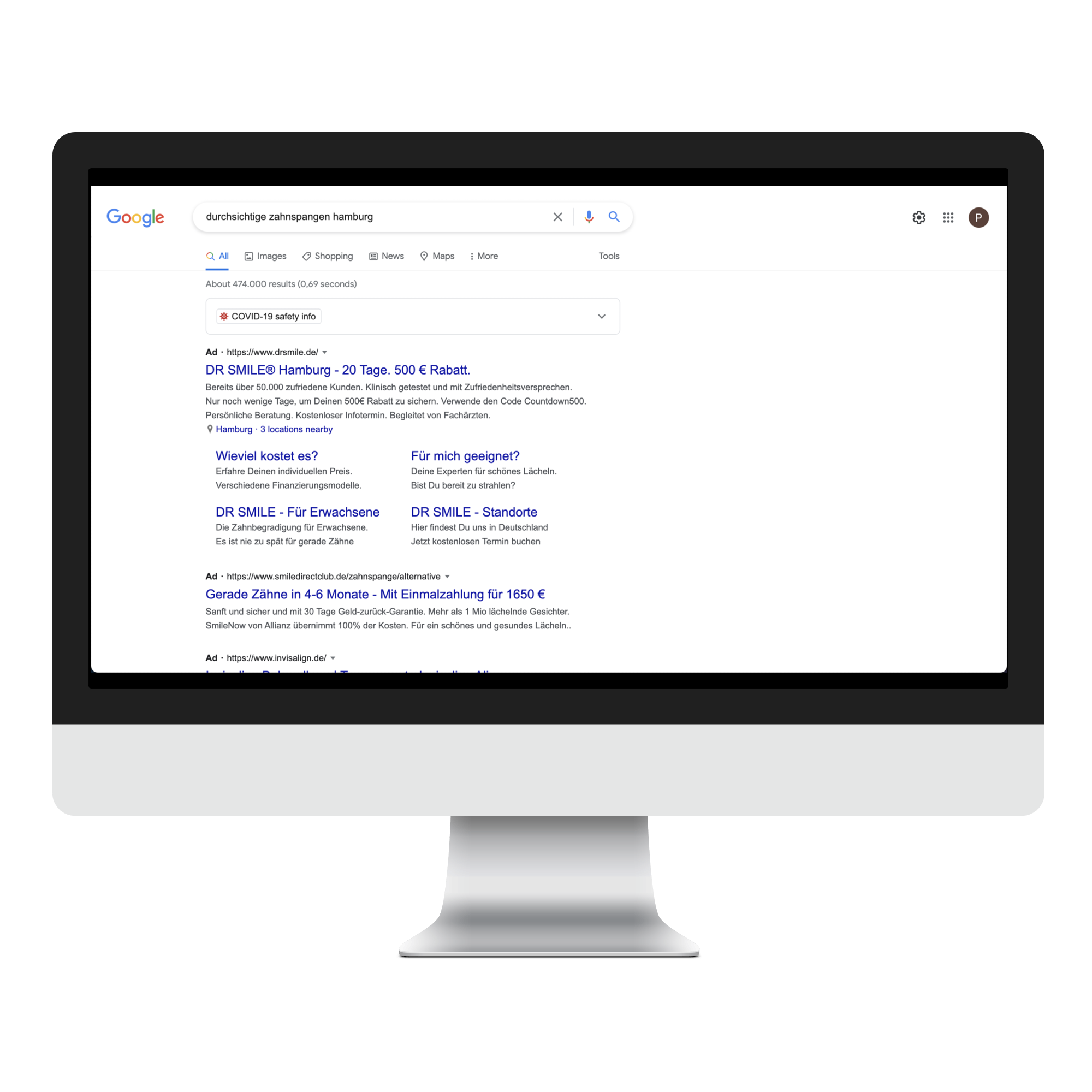
Effective PPC campaigns with your Google Ads agency in Hamburg
Google PPC is a valuable tool because you only pay when potential customers click on your digital advertising based on keywords and locations. This targeted advertising is very effective when done correctly. However, PPC is not a miracle cure – you need a specialist who really understands the technical aspects of Google Ads and the complexity of search, and knows how to maximize returns. At our Google Ads agency in Hamburg, pay-per-click advertising is one of the key services we offer. Let us help you transform your marketing. We will advise you on what you need to do to implement a profitable PPC campaign. With the experience of our consultants, you will see great results. Look no further for a PPC agency in Hamburg, contact us today!
Partner with Tiki-Taka Media GmbH and Google to manage your PPC
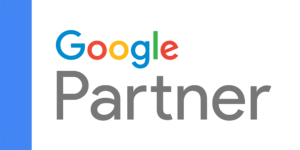
The ad tech we use at Tiki-Taka Media GmbH continuously improves the results of PPC campaigns and ensures that you get the best possible results from your Google Ads campaigns.
Achieve the results that count for your business
Increase your website visits
Attract relevant visitors to your website by targeting people who are actively searching for your services or products.
Increase your call numbers
Increase the number of customer calls by linking calls to targeted keywords. This valuable data allows you to bid higher for keywords that generate calls instead of just clicks.
Increase website leads and sales
Increase your online conversions, including form submissions and webshop purchases.
Measure your success
With our advanced technology, you can precisely track the overall return on investment of your Google Ads campaigns.
Tiki-Taka Media GmbH: Your leading Google Ads agency in Hamburg
As an outstanding Google Ads agency in Hamburg, we set new standards in performance marketing. Our expertise and the use of state-of-the-art ad tech make us unique. If you want to invest in digital marketing, we are your ideal partner as one of the best Google Ads agencies in Hamburg.
Do you manage your Google Ads yourself or do you work with an agency? Are you sure that everything is set up optimally and that your budget is being used efficiently? Our experts know the challenges and offer you clarity.

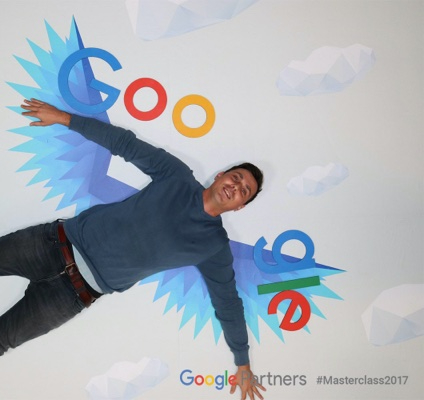
Your Google Ads consultants in Hamburg
Whether you manage your campaigns yourself or need support, we can provide you with the answers you’re looking for. We offer a free Google Ads audit to ensure your campaigns are running optimally and your budget is not being wasted.
Success in Pay Per Click (PPC) and Google Ads Management
Benefit from a Google partner agency in Hamburg. Tiki-Taka Media GmbH is a dynamically growing Google partner agency that uses technology to optimize our clients’ Google Ads campaigns. Experience the transparency and clear results of our campaigns. Contact us today to take your digital marketing to the next level.
Some of our features as a leading Google Ads agency in Hamburg
Machine learning
By using AI-powered software, we reduce the time it takes to analyze and mine data to gain valuable, actionable information that our experts can use.
First class target tracking
We invest significant resources to capture high-value actions, which means that all marketing channels are measurable and controllable.
Best Practice Optimization
We use the latest findings to increase the number of leads and reduce costs - simply and effectively.
Strategic approach
Our activities and campaign structures are fully aligned with the real marketing objectives of our clients.
Fearless experimentation
A set-and-forget approach is out of the question for us. We continuously test ad texts, keywords, landing pages and bidding models to get the best out of every marketing budget.
Data-Driven PPC
By using comprehensive information from various data sources, we improve campaign performance.
ROI-based reporting
We invest heavily in recording high-quality campaigns so that all marketing channels are measurable and controllable.
Google Shopping
Optimizing your feed requires more than just precise information, campaign setup and bidding strategies. We support you as your Google Ads agency in Hamburg.
Tiki-Taka Media GmbH: Your certified Google Ads agency in Hamburg
Experts for Google Ads
As a certified Google Partner, we offer you the security of working with a team that has outstanding expertise in Google Ads. Our accreditation confirms that we meet the stringent requirements for Google ad spend, achieve our clients’ revenue growth targets and successfully expand our client base.
We set clear campaign goals and evaluate your account according to its actual effectiveness. We also make suggestions for improvement and provide recommendations on budget and keywords. The key to a successful Google Ads campaign in Hamburg lies in many factors, such as the strategic use of Google Ads, the implementation of Performance Max, website speed and security, relevance and click-through rate (CTR). We don’t offer you complicated explanations, but clear, actionable advice to develop campaigns that outperform your competitors and make the most of your budget.


Display advertising and remarketing with your Google Ads agency in Hamburg
Google PPC offers so much!
As a leading Google Ads agency in Hamburg, we not only support you with Google ads that appear in the top positions on search results pages. Use the Google Display Network (GDN) to reach customers across the entire Google platform. Your ads can appear on specific websites, in Gmail and for specific search queries. From banner ads to text ads, we are experts in these forms of online advertising.
Diverse advertising channels
Bing Ads, Facebook, Twitter and YouTube
As a Google partner specializing in performance marketing, we place the majority of search ads on Google. But there are also great opportunities to use other channels. If your target group is in Hamburg, you should also be present there. Bing campaigns can be particularly effective for the 50+ target group. We have success stories on various channels and are also one of the top-rated SEO agencies in Hamburg. Consider including these channels in your PPC strategy to maximize your reach.
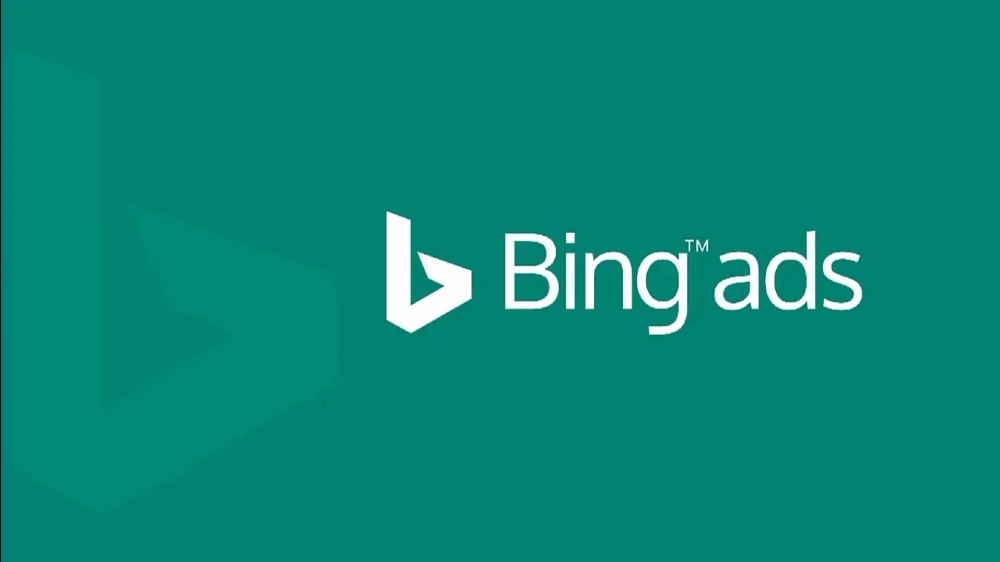
Frequently asked questions about the Google Ads agency in Hamburg
Google Ads, formerly Google AdWords, enables companies to reach people when they search on Google or actively engage with a product or service. Ads appear at the top of the search results and are labeled as “ads”. Advertisers only pay when someone clicks on the ad, which is known as “pay-per-click” (PPC). The order of the ads is determined by an auction that takes into account factors such as the price bid per click and the relevance of the ad.
When managed by an agency such as Tiki-Taka Media GmbH in Hamburg, there are two types of costs: Media costs, which Google charges for each click, and management costs for the agency. The media costs depend on the average cost per click and the search volume. The management costs vary depending on the size and structure of the agency. The success of a campaign is measured by the return on investment.
A Google Partner like Tiki-Taka Media GmbH has certifications and qualifications that are updated annually. Google Partners have access to exclusive support and training, which gives them an advantage. They ensure best practice is followed and offer a strategic advantage through early access to new features.
Google uses methods to prevent fraudulent clicks. Tiki-Taka Media GmbH also uses third-party software to customize protection and minimize unwanted clicks.
Google Ads shows your ad when users search for your products or services. You choose your target, the geographical area and design your ad. You only pay when users respond to your ad.
- Search network campaigns: Text ads on Google search results pages.
- Display network campaigns: Image ads on websites and apps.
- Video campaigns: Short videos on YouTube.
CPC or PPC means that you only pay when someone clicks on your ad. Other models are Cost Per Impression and Cost Per Engagement.
Successful Google Ads campaigns require expertise in e-commerce, online marketing and the development of an effective marketing strategy. Tiki-Taka Media GmbH optimizes campaigns to reduce costs and increase effectiveness. We take care of conversion tracking to track the monetary value.
Setting up a campaign requires comprehensive knowledge of the platform. This includes understanding advertising objectives, keyword research, campaign structure and conversion tracking. Well set up campaigns save money and achieve better results.
To get started with Google Ads, click here to sign up. The guided setup will help you create your first ad. If required, the Google Ads experts at Tiki-Taka Media GmbH in Hamburg will support you in setting up and optimizing your campaign.
Google Ads agency Tiki-Taka Media GmbH in other regions
Find out more about our specific offers and information on search engine advertising in other regions, including our Google Ads agency Hamburg.